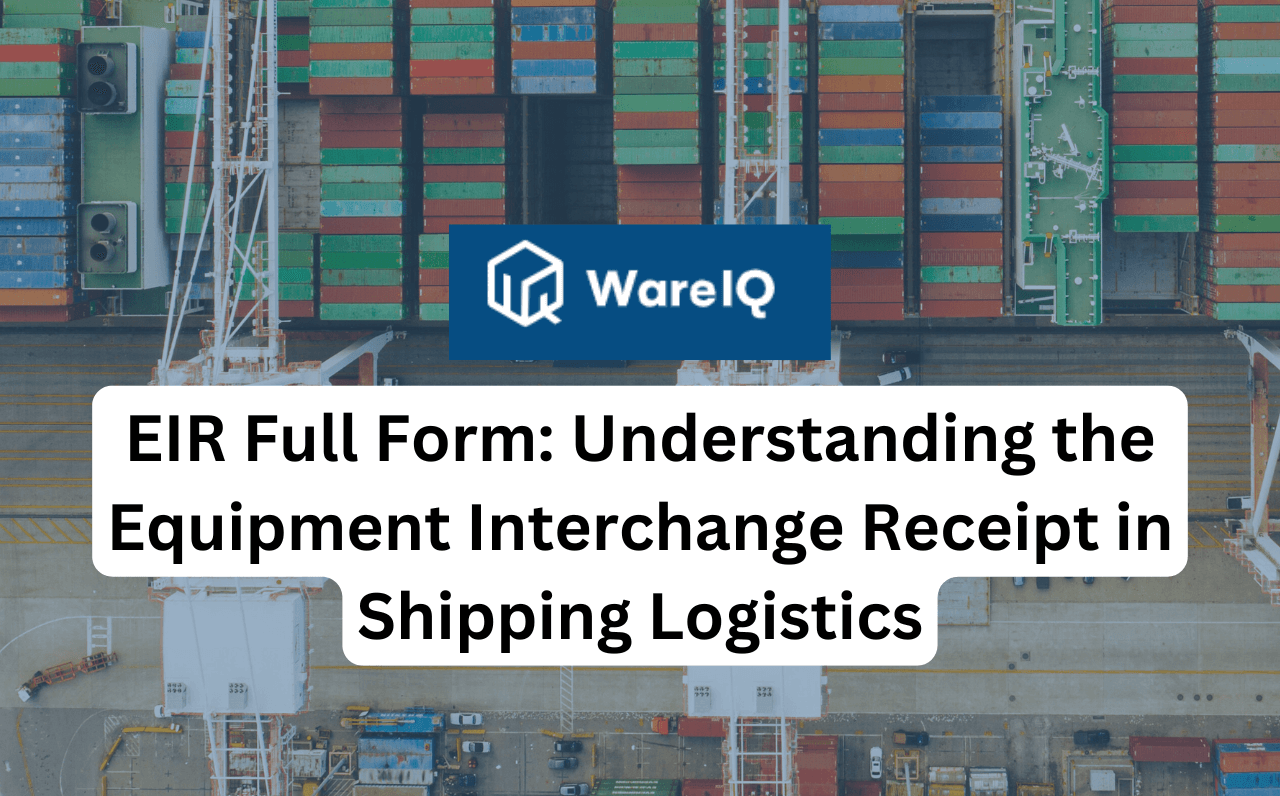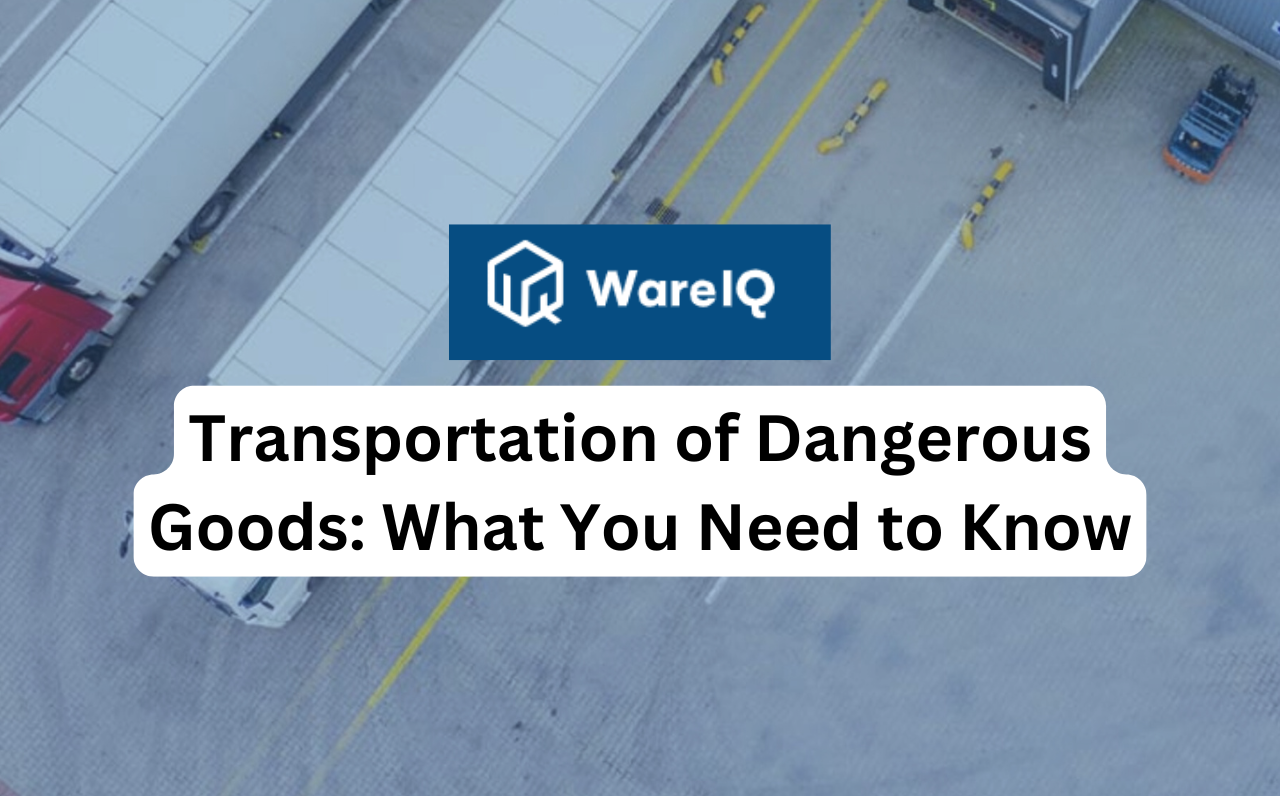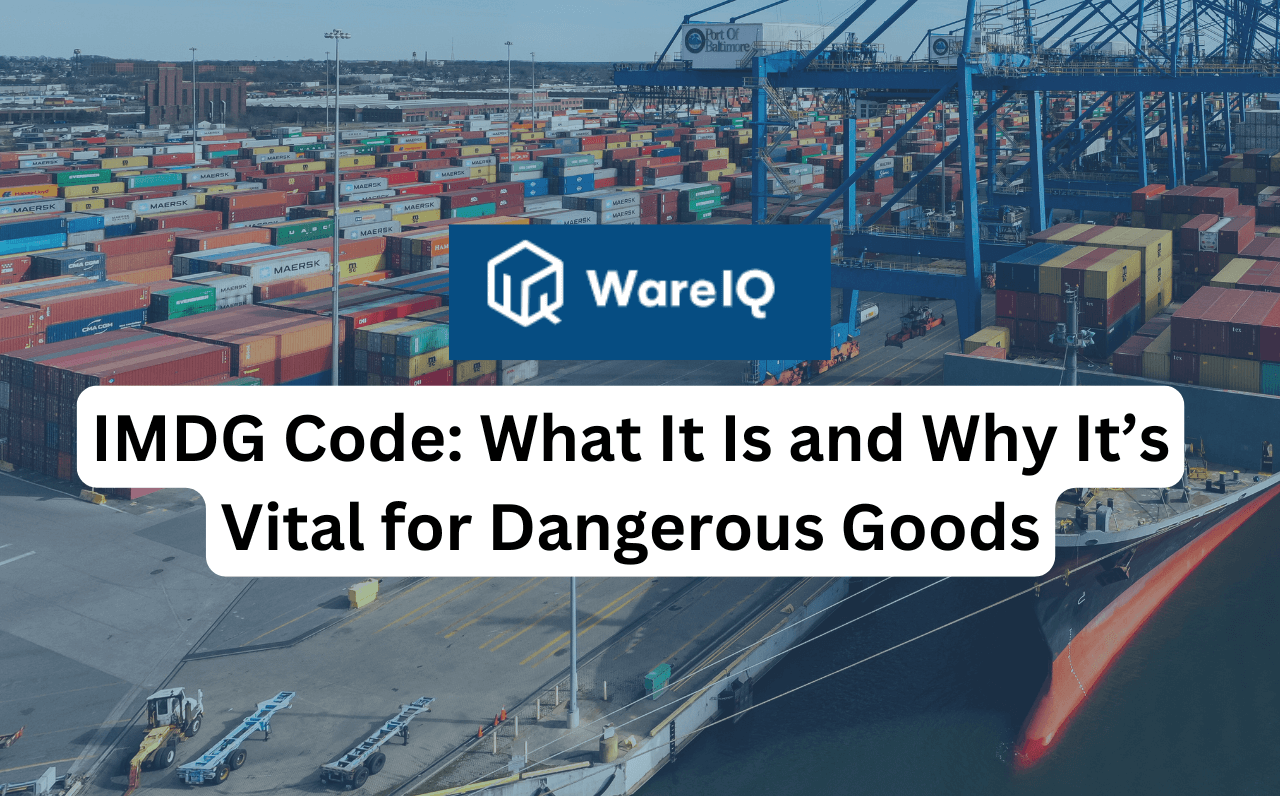
What Is Material Management? Key Functions & Goals
In any business that relies on production or distribution, the flow of materials can make or break efficiency. From sourcing raw materials to ensuring finished products reach the right place at the right time, material management plays a critical role in keeping operations smooth and cost-effective. Today, material management is evolving with technology. AI-driven demand forecasting, smart inventory placement, and automated procurement systems are transforming how companies manage materials. In this blog, we’ll dive into what material management really means, explore its core functions, and break down the processes that help businesses run smoothy.What is Material Management? Definition and Key TypesMaterial management is the process of planning, sourcing, storing, and controlling materials needed for production. It ensures the right material is available at the right time, place, and cost to keep operations efficient.It connects procurement, inventory, logistics, and warehouse management to reduce waste and avoid supply chain disruptions. For small and midsize businesses, effective material management improves efficiency, lowers costs, and boosts profitability.Key Types of Material Management Material Requirements Planning (MRP)Determines what materials are needed and when.Uses Just-In-Time (JIT) strategies to minimise inventory and reduce waste.Purchase PlanningFocuses on buying materials economically without interrupting supply.Ensures cost savings while maintaining quality and availability.Inventory ControlTracks raw materials, semi-finished, and finished goods.Prevents overstocking or shortages that disrupt production.Material Supply ManagementDistributes materials to multiple production locations on time.Avoids financial losses from stockouts, delays, or damaged goods.Quality ControlEnsures materials meet durability, reliability, and performance standards.Improves end-product quality and customer satisfaction.Material Handling Market Size and Growth TrendsThe global material handling equipment market was valued at USD 213.35 billion in 2021 and is projected to reach USD 350.21 billion by 2030, growing at a CAGR of 5.7% from 2022 to 2030.Asia Pacific dominated the market with a 35.7% revenue share in 2021 and is expected to lead future growth with a CAGR of 9.7%. By 2024, its market size is projected to grow from USD 100.85 billion in 2023 to USD 107.41 billion.Businesses are increasingly investing in warehouse material handling solutions to improve efficiency, reduce labour costs, and streamline logistics operations. Key growth insights:By ProductCranes and lifting equipment accounted for 35%+ of global revenue in 2021.High demand is driven by the construction, logistics, and manufacturing sectors.By ApplicationThe e-commerce segment held 20%+ of global revenue share in 2021.Rapid online retail growth fuels demand for automated handling solutions.Regional OutlookAsia Pacific remains the fastest-growing market.North America, Latin America, Europe, and the Middle East & Africa continue steady adoption of advanced material handling technologies.Key Functions of Material ManagementThe importance of material management lies in its ability to optimise resources, reduce costs, and ensure a seamless flow of materials across the supply chain. The material management process involves multiple functions that ensure smooth production, cost efficiency, and quality output. It integrates production and material management to optimise resources and maintain operational flow.Inventory ControlThe primary goal of inventory control is to minimise stock levels while meeting production demands. Holding excess inventory increases storage costs, whereas precise restocking reduces waste. Raw materials inventory management ensures the right balance between availability and cost efficiency.Inventory includes raw materials, work-in-progress, and finished goods. Methods of material control, like Just-in-Time (JIT), ensure materials arrive exactly when needed to support continuous production.Material Quality ControlThe quality of raw materials directly impacts the quality of finished products. Quality control includes inspection, standardization, and ensuring components meet tolerance limits.By focusing on durability, dependability, and dimensional accuracy, material quality control reduces defects and enhances product performance at lower costs.Material Requirements Planning (MRP)Material requirements planning is crucial to balance supply and production schedules. It prevents overstocking and material shortages, directly impacting profitability. Many industries adopt JIT strategies, which require accurate planning to maintain efficiency without disrupting production timelines.PurchasingPurchasing links production and material management by sourcing the right materials at the best price. Materials managers work closely with suppliers and production teams to ensure availability.Modern procurement relies on AI-driven analytics to optimise supplier selection, pricing, and delivery schedules, making purchasing a strategic function in material management.Understanding the 5 Rs of Material ManagementThe principles of material management are often summarised as the 5 Rs. These elements of material management emphasize quality, timing, cost, and sourcing. Right MaterialsThe right materials meet the required quality, specifications, and functionality to support production without causing defects or delays.Close collaboration and clear communication with suppliers are essential, especially in industries like medical devices, where safety and compliance are critical.Right TimeMaterials must be available exactly when needed to keep production running smoothly and avoid costly downtime.Accurate forecasting, planning, and supplier coordination are key, particularly for businesses using Just-in-Time (JIT) inventory methods.Right AmountOrdering too much leads to high carrying costs, while too little causes stockouts and missed sales.Accurate demand forecasting helps determine the right amount to order, reducing waste and improving production efficiency.Right PriceStrategic purchasing at the right time helps secure favorable prices and improve profit margins.Market research, supplier negotiations, and ongoing price monitoring are vital, especially for materials with volatile costs like seasonal goods or commodities.Right SourcesReliable sourcing ensures materials come from trusted, high-quality suppliers.Evaluating suppliers based on financial stability, quality control, and delivery performance helps maintain consistency and reduce supply chain risks.To explore a broader perspective beyond material management, you can also read about the 7 Rs of logistics and supply chain, which extend these principles across the entire supply chain for enhanced operational efficiency.Also read- Top Packaging Materials for Safe and Effective ShippingHow WareIQ Enhances Material Management EfficiencyWareIQ combines advanced technology with a robust fulfilment network to streamline the material management process.Tech-Enabled Inventory ControlWareIQ connects over 20+ D2C platforms and marketplaces to a single smart platform, ensuring seamless order integration.Using intelligent AI algorithms, it identifies optimal inventory placement locations closest to your customers.This reduces storage costs, improves availability, and enables same-day or next-day delivery at a lower cost.AI-Driven Supply Chain OptimisationThrough data-led insights, WareIQ helps predict demand, automate replenishment, and minimise stockouts.Its smart courier allocation engine selects the most cost-effective and time-efficient delivery partners, optimising speed and expenses.Multi-Channel Fulfilment SolutionsWareIQ’s nationwide fulfilment network manages end-to-end order processing, from storage to last-mile delivery.By leveraging a dedicated operations team, businesses can ensure accurate, efficient, and scalable fulfilment across multiple sales channels.Also check - Material Requirement Planning in Operations ManagementFAQsWhat are the processes of material management?The key processes of material management include material requirements planning, purchasing, inventory control, material quality control, and efficient supply chain coordination to ensure the right materials are available at the right time and cost.What are the different methods of material handling?Different methods of material handling include manual handling, mechanical handling (using forklifts, conveyors, and cranes), automated systems (AGVs, robotics), and bulk material handling systems like hoppers and silos.What is the function of inventory control in material management?The function of inventory control in material management is to maintain optimal stock levels, ensuring materials are available when needed while minimising holding costs, reducing waste, and preventing stockouts or overstocking.
October 07, 2025








